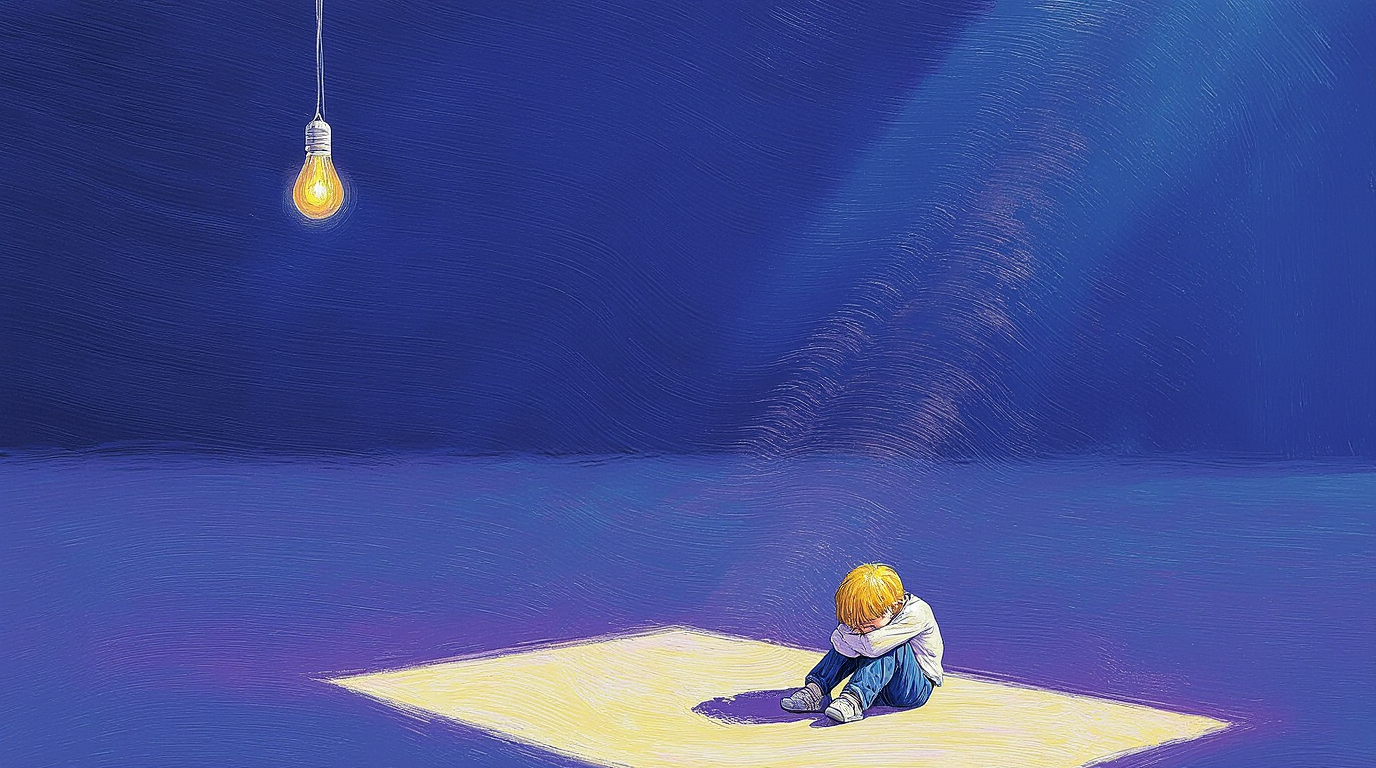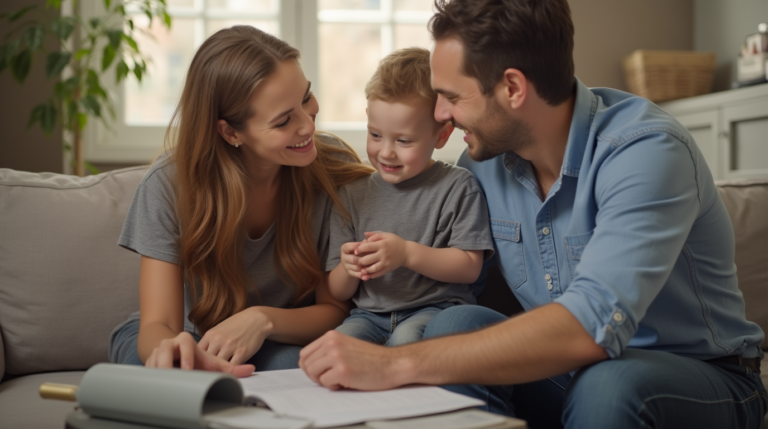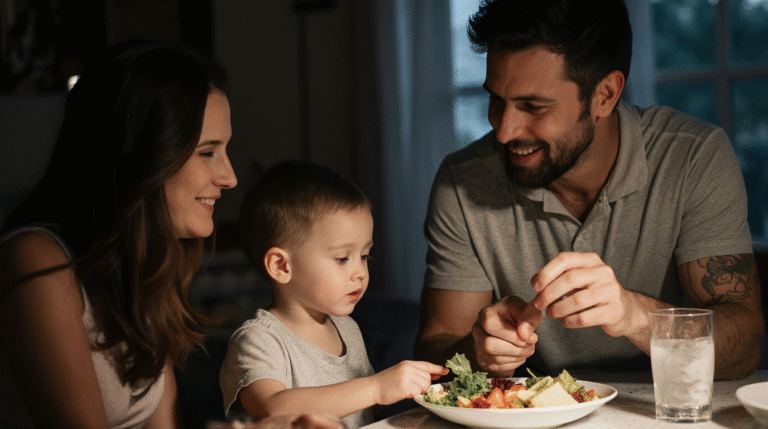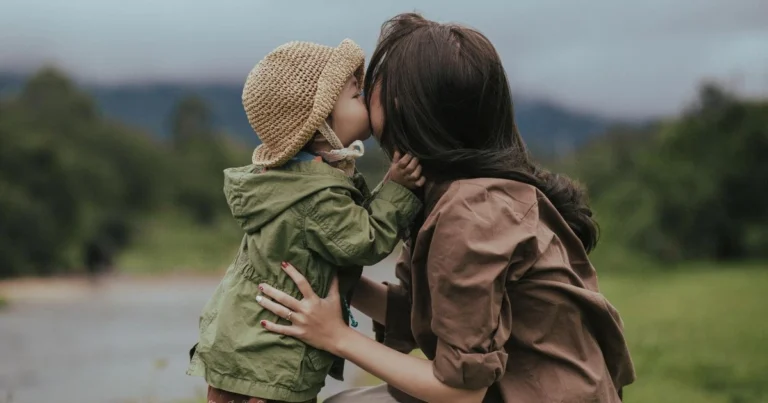Childhood Anxiety Unpacked: Age-by-Age Signs & Proven Coping Strategies
Table of Contents
Childhood Anxiety Unpacked: Age-by-Age Signs & Proven Coping Strategies
Childhood anxiety is on the rise—1 in 3 kids now experiences clinically significant anxiety by adolescence (CDC). But what looks like “acting out” or defiance is often a young brain stuck in fight-or-flight mode.
This guide helps you:
✔ Spot hidden anxiety signs at each developmental stage
✔ Use neurologically-calming techniques that actually work
✔ Avoid common mistakes that accidentally reinforce fears
1. How Childhood Anxiety Shows Up (Differently Than Adults)
“Anxious kids don’t say ‘I’m worried’—they say ‘My stomach hurts’ or ‘I hate school!’” — Dr. Tamar Chansky
Physical Symptoms Often Missed
- Preschoolers: Nail-biting, hair-twirling, “clingy” phases
- School-age: Frequent bathroom visits, sleep disturbances
- Teens: Headaches, perfectionism, irritability
Red Flag: When behaviors persist beyond 2-4 weeks and impair daily life.
2. Age-by-Age Anxiety Breakdown
| Age Group | Common Triggers | Body-Based Coping Strategies |
|---|---|---|
| Toddlers (2-4) | Separation, loud noises | “Bear hug” squeezes, blowing bubbles |
| Kids (5-9) | Performance, monsters | 5-4-3-2-1 grounding technique |
| Tweens (10-13) | Social judgment, disasters | Journaling, fidget tools |
| Teens (14+) | Future fears, failure | Vigorous exercise, cold water splash |
Key Insight: Anxiety in kids often manifests as avoidance (refusing school) or physical complaints (stomachaches).
3. The 5-Second Anxiety Interrupters
Quick tools to reset the nervous system:
- For panic: “Name 3 blue things you see” (forces prefrontal cortex engagement)
- For avoidance: “Let’s do it scared for 5 minutes” (builds tolerance)
- For meltdowns: Hum a song together (regulates breathing)
Science Behind It: These techniques activate the parasympathetic nervous system, lowering cortisol within 90 seconds.
4. What NOT to Do With Anxious Kids
| Common Mistake | Why It Backfires | Better Approach |
|---|---|---|
| “Stop worrying!” | Invalidates their experience | “That does sound scary. How can we face it together?” |
| Avoiding triggers | Reinforces fear long-term | Gradual exposure with support |
| Over-accommodating | Teaches helplessness | “You can handle hard things” |
5. Building Anxiety Resilience Long-Term
For All Ages:
✔ Predictable routines (anxiety hates surprises)
✔ “Worry time”: 10 mins/day to vent fears (then “close the worry box”)
✔ Model coping: “Mom feels nervous too. I’m taking deep breaths.”
Age-Specific Tools:
- Preschoolers: “Bravery badges” for small wins
- Elementary: Worry dolls/boxes to “hold” fears
- Teens: Apps like MindShift CBT for self-help
6. When to Seek Professional Help
🚩 Physical harm (hair-pulling, self-injury)
🚩 School refusal lasting >1 week
🚩 Panic attacks (chest pain, hyperventilating)
Therapy Options:
- Play therapy (ages 3-10)
- CBT (ages 8+)
- Parent-child interaction therapy (PCIT)
Conclusion
Childhood anxiety isn’t a parenting fail—it’s a sign your child’s threat detection system is extra-sensitive. By teaching body-first calming skills and gradual courage-building, you help rewire their brain’s response to stress.
Key Takeaways:
✔ Anxiety often looks like anger or defiance in kids
✔ Avoidance fuels anxiety—gentle exposure heals
✔ Your calm is their cue for safety
✔ Early intervention prevents chronic patterns
FAQ
Q: Is this just a phase?
A: If it disrupts 2+ areas (school, sleep, friendships) for >1 month, seek help.
Q: Are meds necessary?
A: Therapy is first-line; meds considered only for severe cases (APA guidelines).
Q: My child won’t talk about it!
A: Try art/writing or “third-person” chats (“Some kids feel…”).
Q: Can anxiety be genetic?
A: Yes—but coping skills can be learned (nature + nurture).







